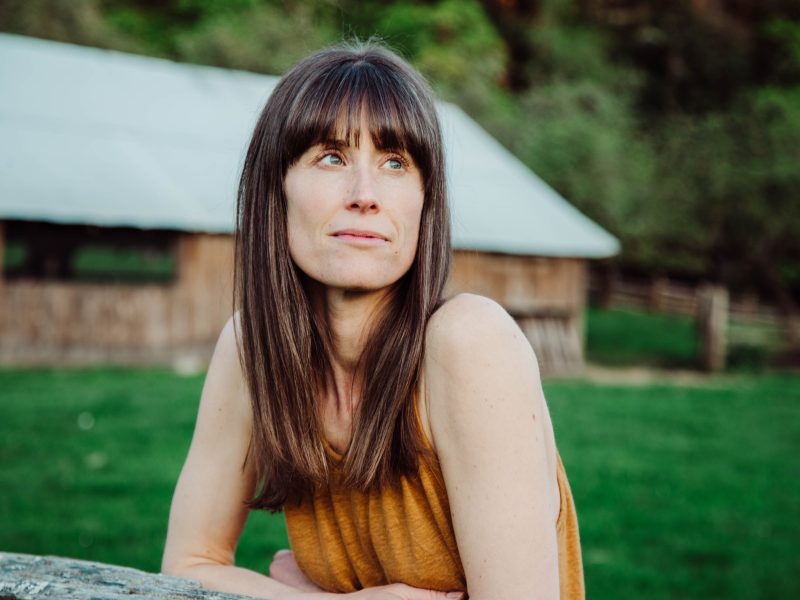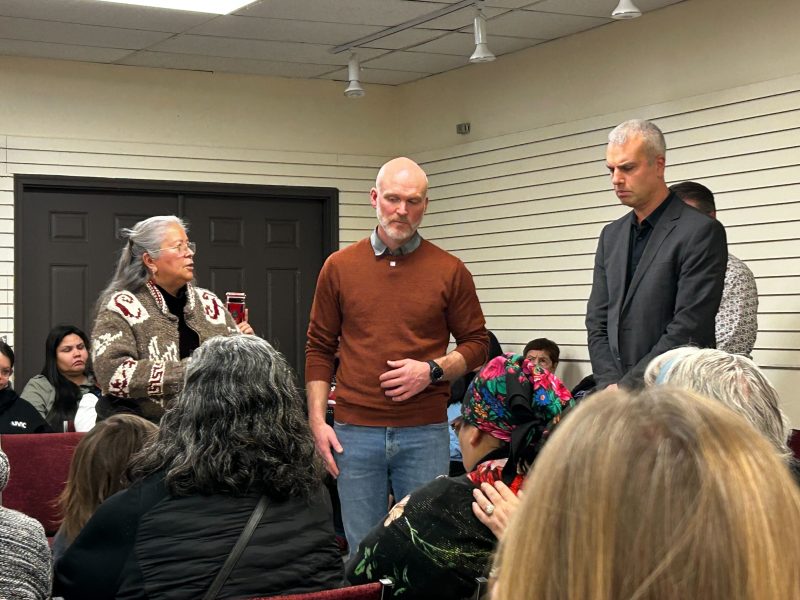
In B.C., only about one-in-three eligible voters participate in municipal and regional district elections. Twice as many people are likely to vote in provincial and federal elections.
There are some good reasons why this is the case, and a big one is just how much more work it takes to make an informed vote in local elections. In provincial and federal races, it’s relatively straightforward to understand what the major political parties stand for, and vote for a candidate representing the party you like best. By contrast, there are no parties in local politics, which means individually assessing a list of candidates (often a long list) before making a choice.
On top of that, school board elections run at the same time as elections for municipal and regional district representatives. That adds a whole separate election and another list of candidates to get to know. If residents end up confused and overwhelmed, who could blame them?
The system just isn’t set up in a friendly way for voters, which is a shame. Local governments play a big role in shaping our communities — in many ways a more significant role than the provincial and federal governments. Local representatives make decisions that touch our lives every day. They decide what kinds of development will be allowed, what recreation opportunities will exist, how local services will be delivered and more. And school boards play a role in shaping the education of the children — arguably a community’s most precious asset.
Local governments shape the community issues you care about
Over the years, The Discourse has gathered survey responses that shed some light on what Cowichan Valley community members care about. Nearly 200 people recently responded to an election survey that was released by The Discourse earlier this month.
We’ve learned that community members care deeply about issues related to affordable housing, climate change adaptation, environmental conservation, local development, support for vulnerable community members, reconciliation, inclusivity and emergency preparedness.
Municipal governments and the Cowichan Valley Regional District board all have a hand in addressing these issues on a local level. They push through zoning changes to allow for varied development and housing options (like tiny homes or supportive housing) and apply for funding and grants to put towards affordable housing projects in partnership with other levels of government. They can also enact policies and plans to address climate change on a local level by creating green spaces and promoting low-carbon transportation options through active transportation networks or improved transit services.
Processes like the municipal forest review in North Cowichan or flood management planning in rivers are under the jurisdiction of local governments. Local responses to crises such as the COVID-19 pandemic are also led by municipal and regional governments with funding support from provincial and federal grants and programs. For example, the creation of temporary shelter sites for unhoused people during the height of the COVID-19 pandemic was largely led by the local government. These pandemic responses have grown to continue supporting vulnerable community members with services, housing and more two years after they were implemented.
The work of reconciliation and forming partnerships with First Nations in the region is also a large responsibility that local governments carry. This can look like creating frameworks so First Nations are meaningfully included in municipal and regional processes like land use planning, conservation and more.
Learn more: Municipal politics 101, a crash course by The Discourse
What about school boards and trustees?
The province is in charge of education and curriculum, but school boards can oversee some of what schools are doing locally.
School boards are made up of trustees who are elected by the community. They help to set budgets based on provincial funding and frameworks and work to improve learning for all students, with community interests in mind. School boards can acquire school property and facilities as well as make the decision to close them, if needed. They operate early learning programs, hire staff, and can provide overall educational objectives like reconciliation through education, reducing bullying and more.
Trustees cannot shape curriculum or overall learning goals, as they are set by the province’s Ministry of Education, but they can approve local course materials to be used in the district. Trustees work under the direction of the province and board decisions have to comply with the Canadian Charter of Rights and Freedoms and Canadian law.
It’s important to note that children and youth in these school districts will grow up to become future leaders, citizens and community members. The learning they receive while in school can help shape them and influence the future of the Cowichan Valley.
OK, but how do I figure out who to vote for?
Within the Cowichan Valley region, residents are able to vote in one of 13 local government elections, depending on where they live. Those include the four municipalities (North Cowichan, Duncan, Lake Cowichan and Ladysmith) and nine seats for CVRD area directors. Here’s a map that shows the boundaries of the jurisdictions.
The CivicInfoBC website is a great resource to learn who is running where you live, and includes contact information for candidates and links to their websites and social media, if provided. Many candidates will share their top priorities and commitments on these sites.
Looking for election signs in your neighbourhood is another way to figure out who is asking for your vote.
As for the school board elections, most people in the region can vote for up to nine trustees for the Cowichan Valley School Board. (Residents of Ladysmith and Yellow Point are in the Nanaimo Ladysmith Public Schools district.)
Talking to your neighbours is a great way to learn more about the candidates. There may be a local community group with information to share.
Local groups also often organize candidates’ meetings to make it easier for people to learn about candidates and ask them questions. Attending one, or talking to someone who did, can help to understand the differences between the candidates.
This year, all residents of the Cowichan Valley region — from Malahat to Ladysmith, and west to Cowichan Lake and Nitinaht — will also be asked a referendum question on their ballots. The referendum is about a proposal to fund major recreation facilities more equitably, based on who uses them. This article by The Discourse explains what you need to know about the proposal, before you vote.



